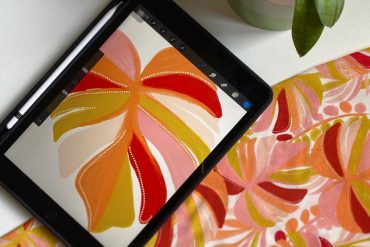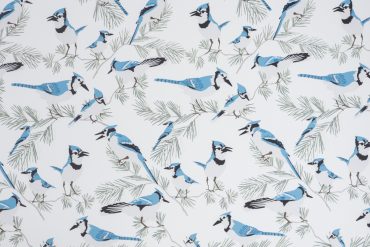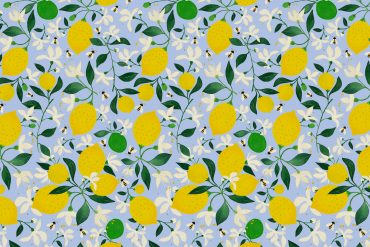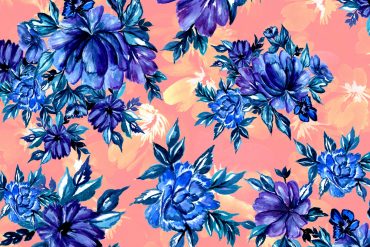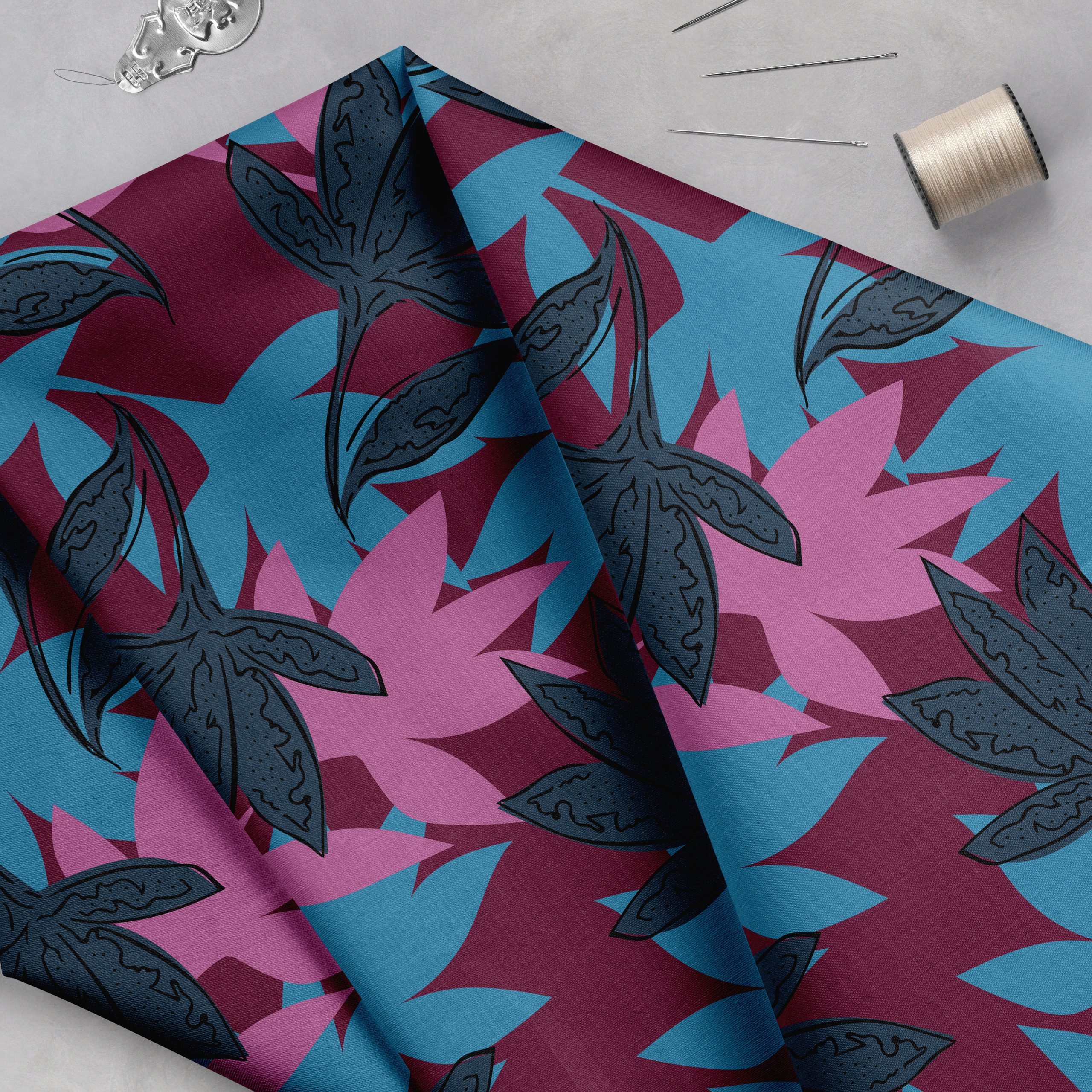New survey reveals 73% of textile designers are using AI, but not how you think.
When I launched our AI survey this spring, I honestly wasn’t sure what to expect. Would I find designers quietly embracing AI tools? Would there be widespread fear and resistance? Or maybe complete indifference?
After analyzing 174 thoughtful responses from our textile design community, the picture that emerged genuinely surprised me, and I think it’s going to surprise you too.
The Headline That Changes Everything
Here’s the big reveal: 73.3% of textile designers are currently using AI tools in their work.
But before you panic about robots taking over creative work, here’s the twist that changes everything: most aren’t using AI for design work at all.
Instead, our community has discovered something much smarter: they’re using AI to handle the business tasks that drain their creative energy, freeing them up to focus on what they do best—creating beautiful, original designs.
How Designers Are Actually Using AI
When I dug into the data, I discovered what I’m calling the “marketing-first adoption pattern”:
- 40.7% use AI exclusively for marketing and writing tasks
- 25.3% use AI for both design and marketing
- Only 7.3% use AI exclusively for design and art creation
This makes complete sense when you think about it. As busy designers, we’re constantly juggling multiple roles: designer, marketer, copywriter, social media manager, business owner. AI is stepping in to help with those “other” tasks so we can focus on our creative core.
What Designers Are Actually Using AI For:
- Writing compelling product descriptions and collection stories
- Creating consistent social media content and email newsletters
- Developing professional marketing copy and client presentations
- Generating mockups and enhancing portfolio presentations
- Brainstorming fresh pattern ideas and exploring color combinations
The AI Tools Textile Designers Love Most
From 125 detailed responses about specific platforms, clear favorites emerged:
The Big Three:
- ChatGPT (94 mentions) – Dominating for writing and content creation
- Adobe AI tools (59 mentions) – Seamlessly integrated into existing design workflows
- Midjourney (26 mentions) – Popular for visual inspiration and ideation
Other Popular Tools:
- Canva AI (14 mentions)
- DALL·E (13 mentions)
- Claude (6 mentions)
- Plus various specialty tools like Leonardo, NightCafe, and Microsoft Designer
What’s fascinating is that successful AI adopters aren’t relying on just one tool; they’re building strategic toolkits that serve different purposes in their workflows.
What Buyers Really Think About AI (This Part Gets Eye-Opening)
Here’s where the rubber meets the road. I asked designers about feedback they’ve received from buyers and agents, and the responses reveal some important market realities:
Five Major Buyer Concerns:
- Outright Prohibition – Multiple designers reported buyers explicitly stating “no AI-generated designs” in their guidelines
- Quality and Authenticity Issues – Buyers are noticing when designs feel “artificial”
- Market Saturation – One designer noted buyers seem “flooded with mediocre AI-generated art that is all starting to look and feel the same”
- Transparency Problems – Some buyers feel deceived when they discover AI usage after purchase
- Strong Preference for Hand-Drawn Work – Multiple responses emphasized buyers wanting “entirely human-made artworks”
What This Means for Your Textile Design Business
If you’re wondering whether you should start experimenting with AI, here’s my take based on what our community is telling us:
Start Smart, Not Fast
Begin with business operations: The 40.7% using AI for marketing only are onto something. Use AI to write better product descriptions, create consistent social media content, or develop compelling collection stories. These tasks often feel overwhelming for creative minds, and AI can genuinely help.
Protect your creative core: Only 7.3% of our community uses AI exclusively for creative work. Your authentic creative voice is your biggest asset—don’t rush to replace it.
Be transparent: Given buyer concerns about discovery after purchase, honesty about your process builds trust rather than risking relationships.
The Bottom Line
AI isn’t going to replace textile designers, but designers who thoughtfully integrate AI into their workflows might have an advantage over those who ignore it entirely.
What excites me most about our survey results is seeing how strategic our community is being. We’re not jumping blindly into new technology. Instead, we’re carefully evaluating where AI can genuinely help us build stronger businesses while preserving the creative authenticity that makes our work special.
The future of textile design isn’t about choosing between human creativity and AI capability—it’s about finding the thoughtful integration that serves both our artistic vision and our business goals.
Want the Complete Picture?
This post just scratches the surface of what we discovered. Our full report includes:
- Detailed breakdowns by experience level and designer type
- Specific buyer feedback and market insights
- Complete tool recommendations and usage strategies
- Strategic frameworks for AI integration
- And much more data-driven insights from our community
Get instant access to the complete “AI in Textile Design: Our Community Response” report below. It’s packed with actionable insights that could transform how you think about AI in your design business.
Survey Methodology: This report is based on 174 responses collected through the Pattern Observer community in May 2025, representing textile designers, surface pattern designers, visual artists, and industry buyers from around the world.
Want to stay ahead of industry trends like this? Join thousands of textile designers who get our weekly newsletter packed with business insights, design inspiration, and community updates.




